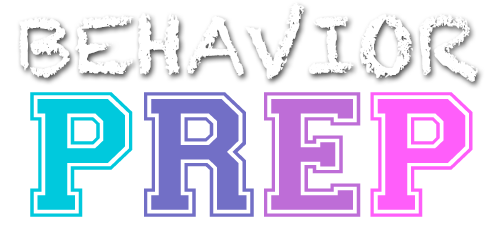B.17 Distinguish between motivating operations and stimulus control
Motivating Operations
Motivating operations (MOs) are environmental events or conditions that temporarily alter the effectiveness of a reinforcer or punisher and influence the likelihood of a behavior occurring. MOs can either increase or decrease the value of a reinforcer, thereby affecting behavior.
Example: A child has not eaten for several hours, which increases the value of food as a reinforcer. This condition (hunger) makes the child more likely to ask for a snack. The hunger serves as a motivating operation that increases the likelihood of the behavior (asking for a snack).
Stimulus Control
Stimulus control occurs when a behavior is more likely to occur in the presence of a specific stimulus because that stimulus has been consistently associated with reinforcement (or punishment) in the past. The stimulus signals the availability of reinforcement, thereby controlling the behavior.
Example: A student consistently raises their hand to speak when the teacher is present in the classroom because the presence of the teacher has been associated with receiving attention and reinforcement for hand-raising. The teacher’s presence exerts stimulus control over the behavior of hand-raising.
